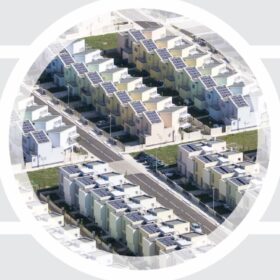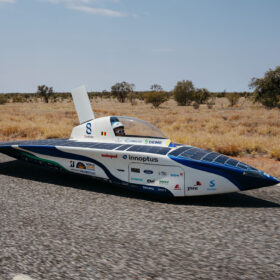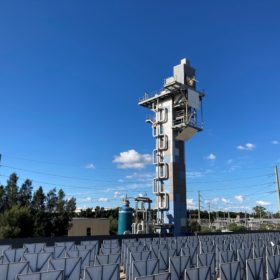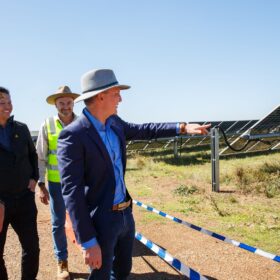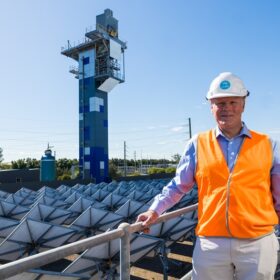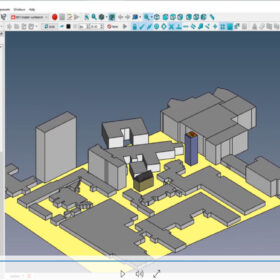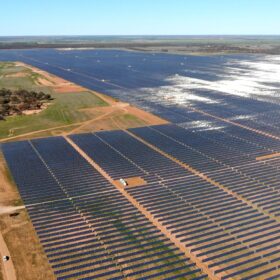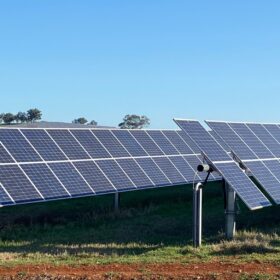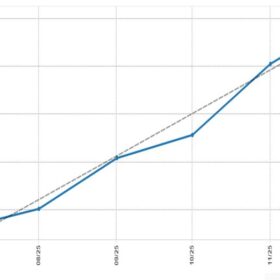New research suggests renewables may not necessarily foster democracy, peace
Researchers in Germany have found that there is “no evidence” to support the notion that renewable energy generation fosters peace through prosperity. The trio of academics came to this conclusion after empirically testing the assumption that distributed renewable energies may reduce international conflicts and promote democratic values.
New survey shows ‘massive’ increase in PV module microcracks
A new study from Clean Energy Associates (CEA) shows that 83% of sites tested as part of a global survey had line cracks, 78% had a soldering anomaly and 76% had complex cracks. The survey involved visual inspections combined with electroluminescence testing across 148 sites in 16 countries.
Strategies to develop ‘solar neighborhoods’
Researchers from the Australian PV Institute are part of an international group of scientists that have devised a list of recommendations to support the creation of solar neighborhoods. In a recently published study they highlight the importance of legislative frameworks and advanced computing.
Belgians beat wind to claim World Solar Challenge
Belgian Solar Team Innoptus has claimed back-to-back Bridgestone World Solar Challenge titles, beating home dozens of competitors from around the world to win the 3,000 kilometre race through Australia’s outback.
Sparc pushes ahead with PWS plans for green hydrogen production
South Australia-based Sparc Hydrogen will use federal government funding to fast track the development of next generation photocatalytic technology to produce commercially viable green hydrogen from water using concentrated solar.
Australia’s solar resource to increase in east, decrease in west as climate warms: UNSW study
Researchers at UNSW have modelled how shifts in Australia’s future weather patterns due to climate change will impact the nation’s solar resource, including its dependability. They found solar reliability may increase parts of Eastern Australia by 2099, but the outlook worsened in Western and Northern Australia.
CSIRO uses ‘falling’ ceramic particles used to store energy at extreme temperatures
Falling ceramic particles less than half a millimetre in size have been used by Australia’s national science agency, the CSIRO, to store energy in a concentrated solar thermal system. The team recently achieved a temperature of 803°C using the process at its pilot plant in NSW.
RMIT software tool unlocks BIPV design
RMIT University in Australia has developed new software that integrates product, regulation, technical, economic, and construction data. It helps architects and engineers to estimate the cost of building-integrated photovoltaics (BIPV) during the conceptual design phase.
Monash researchers achieve lithium-sulphur battery breakthrough
Researchers at Victoria’s Monash University have developed a new lithium-sulphur battery design they claim requires less lithium, has more energy per unit volume, lasts longer and can be produced for half the price of the dominant lithium-ion technology.
Large-area perovskite-silicon tandem PV cell hits record efficiency of 25.1%
Scientists in the United States have achieved a breakthrough in PV cell tech by creating a 24 cm2 perovskite-silicon tandem solar cell. It positions a lithium fluoride interlayer between a hole transport layer and the perovskite absorber to reduce shunting losses.


